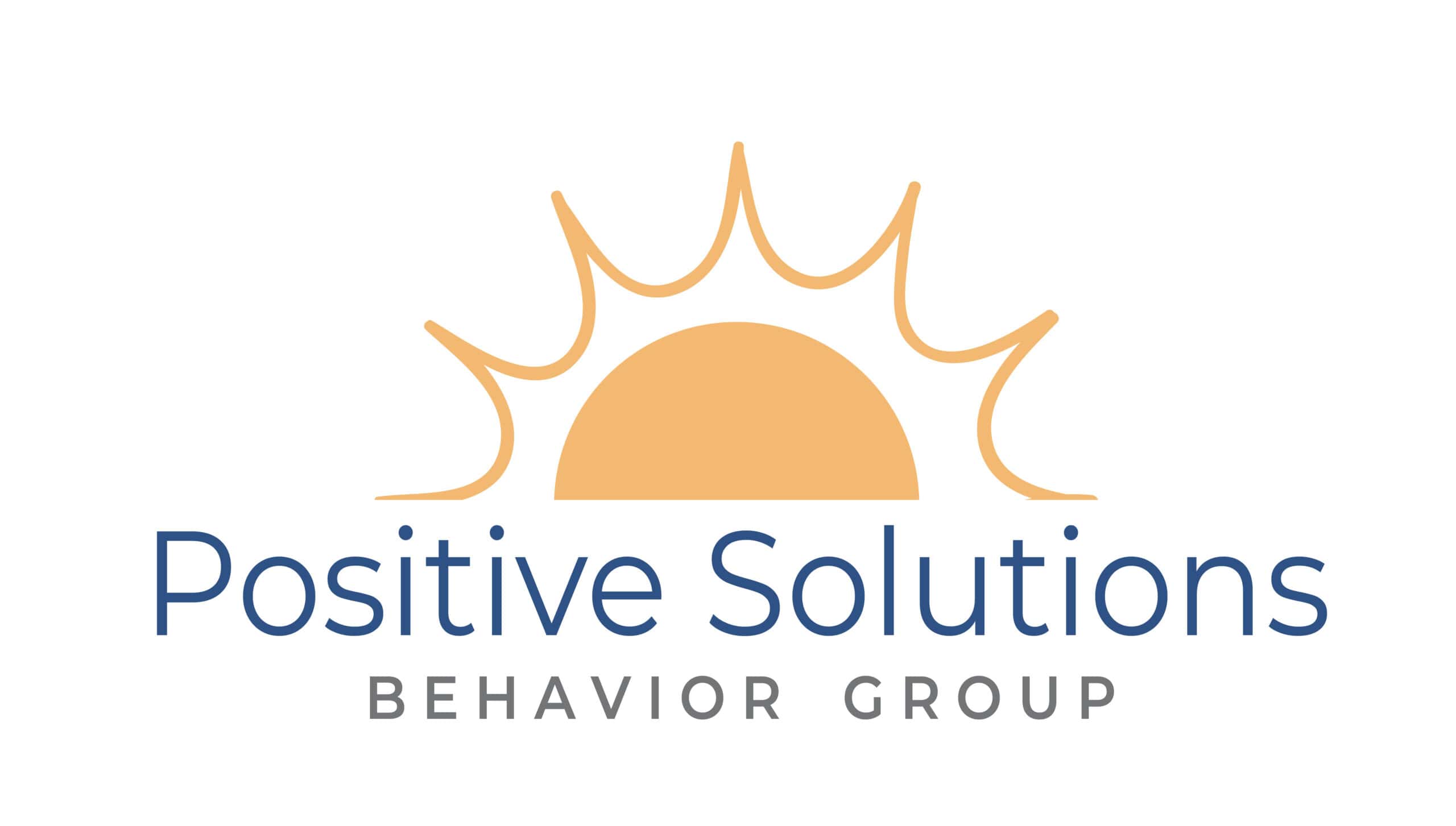In the ever-evolving landscape of psychology, Applied Behavior Analysis (ABA) stands out as a cornerstone in understanding and promoting social growth, particularly in individuals with developmental disorders such as autism spectrum disorder (ASD). As society increasingly recognizes the importance of inclusivity and support for neurodiverse populations, ABA therapy has garnered attention for its evidence-based approach in fostering adaptive behaviors and enhancing social skills. This blog delves into the science behind ABA therapy, unraveling its principles, methodologies, and real-world applications. From behavioral interventions to data-driven strategies, we explore how ABA serves as a catalyst for unlocking the full potential of individuals, paving the way for meaningful social interactions and holistic development.
Understanding the Foundations: Key Principles of ABA Therapy
Applied Behavior Analysis (ABA) therapy operates on several foundational principles crucial for effective intervention. Central to ABA is the concept of behavior modification through reinforcement, where desired behaviors are encouraged through positive reinforcement while undesirable behaviors are diminished through strategies such as extinction or punishment. Another cornerstone principle is the emphasis on individualized treatment plans tailored to each person’s unique needs, strengths, and challenges. This personalized approach ensures that interventions are not only effective but also respectful of the individual’s autonomy and dignity. Additionally, ABA relies heavily on the systematic observation and analysis of behavior, allowing therapists to identify patterns, triggers, and potential interventions with precision and accuracy.
Breaking Down Behavior: The ABCs of ABA Analysis
In the realm of Applied Behavior Analysis (ABA), understanding behavior hinges on dissecting it through the ABC model: Antecedent, Behavior, and Consequence. This structured approach offers invaluable insights into the functional relationships underlying behavior, guiding effective interventions and promoting positive change.
- Antecedent: Identifying the events or circumstances preceding a behavior allows therapists to pinpoint triggers and environmental factors influencing behavior.
- Behavior: The observable actions or responses exhibited by individuals are the focal point of analysis and intervention, offering crucial clues to understanding underlying motivations and patterns.
- Consequence: Examining the outcomes or reactions following behavior sheds light on the reinforcing or discouraging factors influencing its recurrence, guiding the development of targeted interventions.
- Systematic Analysis: By systematically analyzing the ABCs of behavior, ABA practitioners gain valuable insights into the complex dynamics driving behavior, facilitating tailored interventions and promoting meaningful progress.
- Precision and Accuracy: The structured nature of the ABC model enables therapists to observe and analyze behavior with precision and accuracy, guiding data-driven decision-making and progress monitoring.
The ABCs of ABA analysis serve as a powerful framework for unraveling the complexities of behavior, offering a systematic approach to intervention and fostering positive outcomes. By delving into the Antecedents, Behaviors, and Consequences, therapists can tailor interventions to individual needs, promote understanding, and facilitate meaningful change.
Designing Effective Interventions: Strategies for Social Skill Development
Effective intervention strategies lie at the heart of ABA therapy, particularly in fostering social skill development. One key approach involves breaking down complex social behaviors into smaller, manageable components, allowing individuals to learn and practice each skill systematically. Behavioral modeling and role-playing techniques provide opportunities for individuals to observe and imitate appropriate social behaviors in controlled settings before applying them in real-life situations. Additionally, social stories and visual supports help individuals understand social expectations and navigate social interactions more effectively. By incorporating evidence-based techniques tailored to individual needs, ABA interventions empower individuals to develop essential social skills and build meaningful connections with others.
Data-Driven Decisions: The Role of Measurement in ABA Therapy
Data-driven decisions play a crucial role in Applied Behavior Analysis (ABA) therapy, shaping the course of intervention and progress monitoring. By systematically collecting and analyzing data, therapists gain valuable insights into the effectiveness of interventions and the behavior patterns of individuals. This empirical approach ensures that interventions are tailored to each individual’s unique needs and progress. The role of measurement in ABA therapy encompasses various tools and techniques, including:
- Behavioral assessments: Objective evaluations to identify target behaviors and set measurable goals.
- Checklists: Structured lists used to record behaviors and track progress over time.
- Direct observation methods: Real-time monitoring of behaviors in natural settings to gather accurate data.
- Graphing and visual analysis: Visual representations of data to identify trends, patterns, and progress.
- Outcome measures: Standardized assessments to measure changes in behavior and functioning over time.
Incorporating these measurement tools enables ABA practitioners to make informed decisions, track progress, and adjust interventions as needed, ultimately maximizing outcomes and promoting meaningful change.
Overcoming Challenges: Addressing Barriers to Social Growth
Despite the effectiveness of ABA therapy, individuals may encounter various challenges on their journey towards social growth. One common barrier is the presence of co-occurring conditions or comorbidities, such as anxiety or sensory sensitivities, which can impact engagement and response to interventions. Addressing these challenges requires a holistic approach that considers the interconnected nature of social, emotional, and cognitive development. Flexibility and adaptability in intervention strategies are crucial for accommodating individual differences and promoting meaningful progress. Additionally, collaboration with families, educators, and other support networks ensures continuity of care and maximizes the impact of interventions across different contexts and settings.
Beyond the Clinic: Applying ABA Principles in Everyday Life
Beyond the Clinic: Applying ABA Principles in Everyday Life extends the reach of ABA therapy into daily routines, fostering growth and development outside traditional settings. By integrating ABA techniques, individuals can reinforce positive behaviors, enhance social skills, and improve overall quality of life. Embrace the power of ABA to create environments where everyone has the opportunity to thrive and succeed.
- Visual Schedules: Organize daily activities and routines, providing predictability and reducing anxiety.
- Token Economies: Reinforce desired behaviors with tangible rewards, promoting positive reinforcement.
- Behavior Contracts: Establish clear expectations and consequences, fostering accountability and responsibility.
- Role-playing: Practice social skills in simulated situations, enhancing confidence and competence.
- Community Integration: Apply learned skills in real-life settings, promoting independence and social inclusion.
Incorporating ABA principles into everyday life not only strengthens individual development but also fosters a culture of understanding and acceptance for individuals with diverse needs. Together, let’s embrace the power of ABA to create environments where everyone has the opportunity to thrive and succeed.
The Future of ABA: Innovations and Advancements in Social Behavioral Science
As the field of ABA continues to evolve, so too do innovations and advancements in social behavioral science. Emerging technologies, such as virtual reality and wearable devices, offer new avenues for delivering personalized interventions and enhancing social skills training. Additionally, interdisciplinary collaboration between ABA practitioners, researchers, and professionals from related fields, such as neuroscience and computer science, accelerates the development of evidence-based practices and theoretical frameworks. By embracing innovation and staying abreast of the latest research findings, the future of ABA holds promise for even greater strides in promoting social growth, improving outcomes, and enhancing the quality of life for individuals with developmental disorders and beyond.
Conclusion
The journey through the science of social growth and ABA therapy has illuminated not only the intricate principles guiding behavior modification but also the transformative impact it can have on individuals’ lives. By understanding the foundational principles of ABA therapy and implementing effective interventions tailored to individual needs, we can empower individuals to overcome challenges and reach their full potential. As we look to the future, the evolution of ABA holds promise for continued innovation and advancement, paving the way for enhanced social behavioral science and improved outcomes for individuals with developmental disorders. If you’re seeking support or interested in learning more about ABA therapy, consider reaching out to Positive Solutions Behavior Group LLC , Lakewood Ranch, Together, we can cultivate a more inclusive and supportive society where everyone has the opportunity to thrive.






